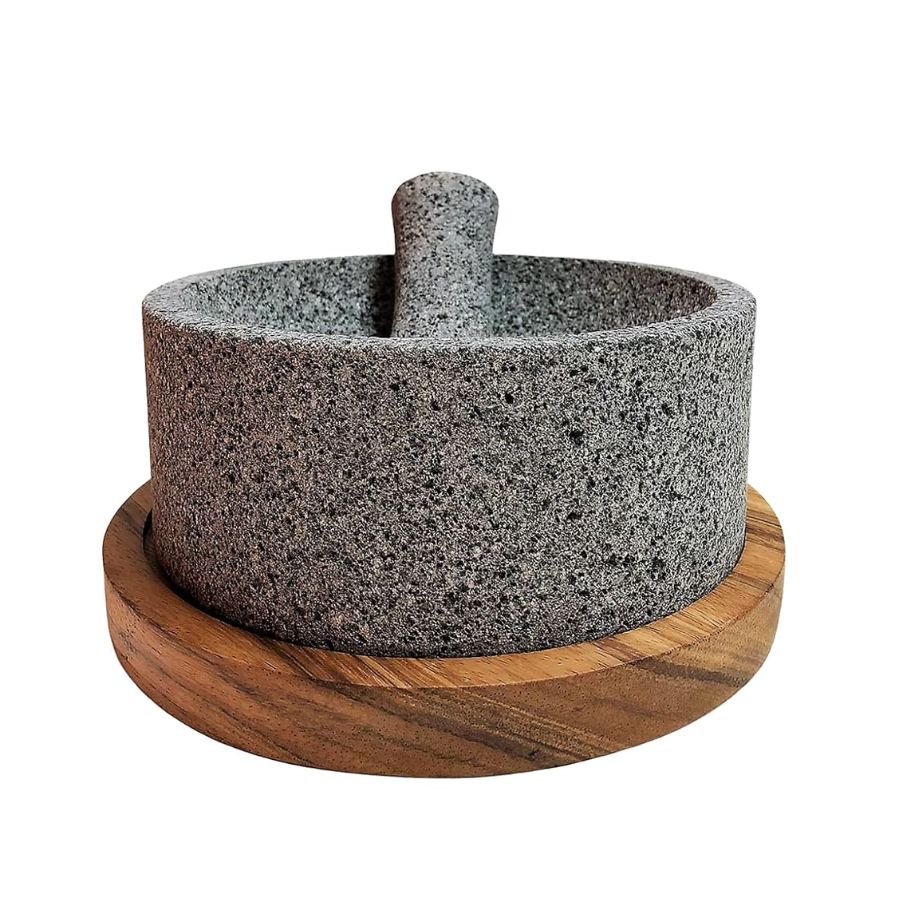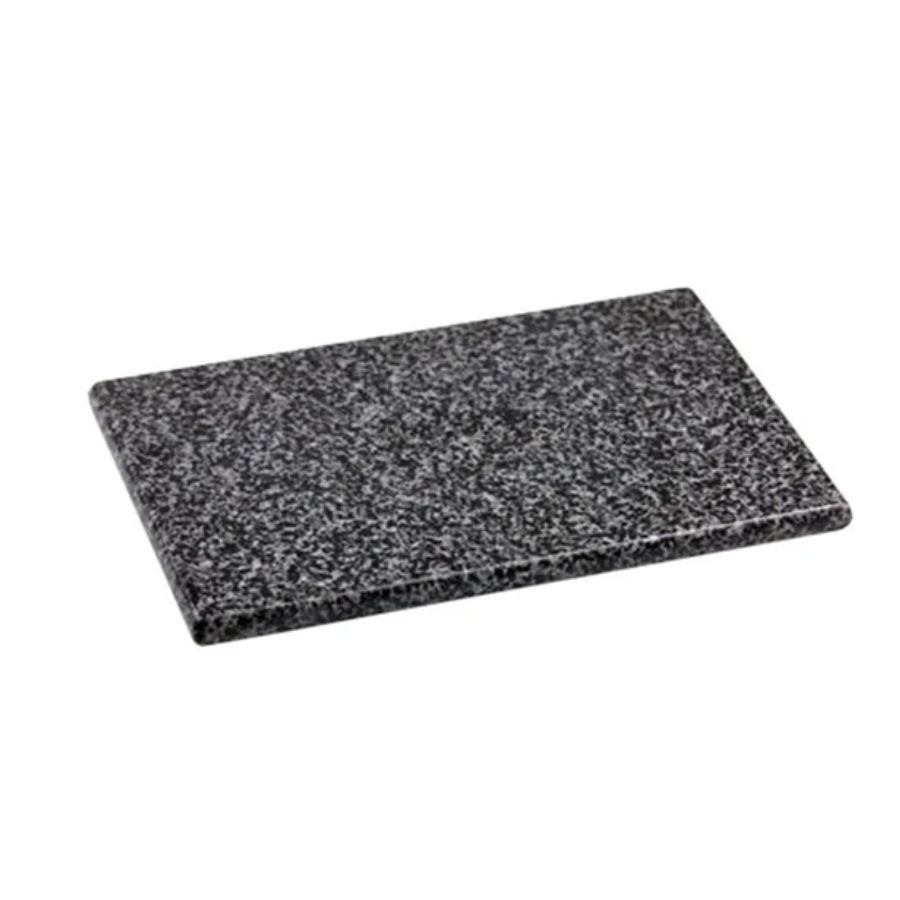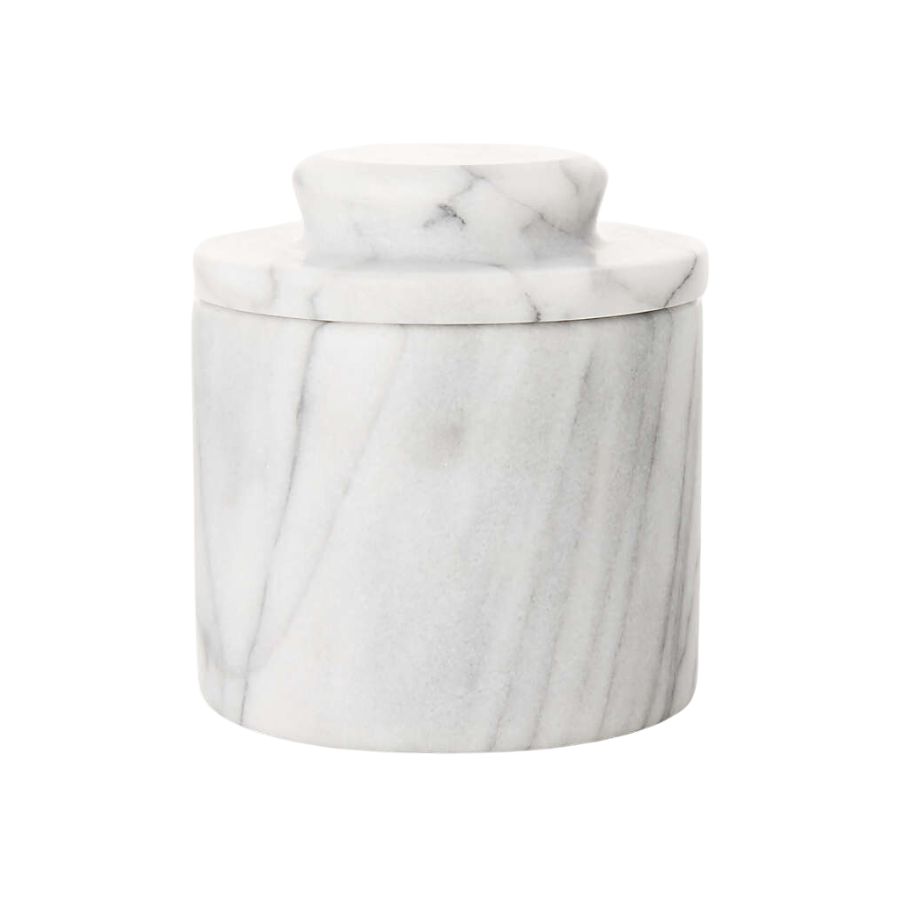What is Lava Stone? And Why I Think This Shiny New Surface Could Be Replacing Granite in Our Kitchens
It's sleek, shiny, stylish and comes in a range of different colors — but what is lava stone, and why is it a good choice for our kitchen counters?
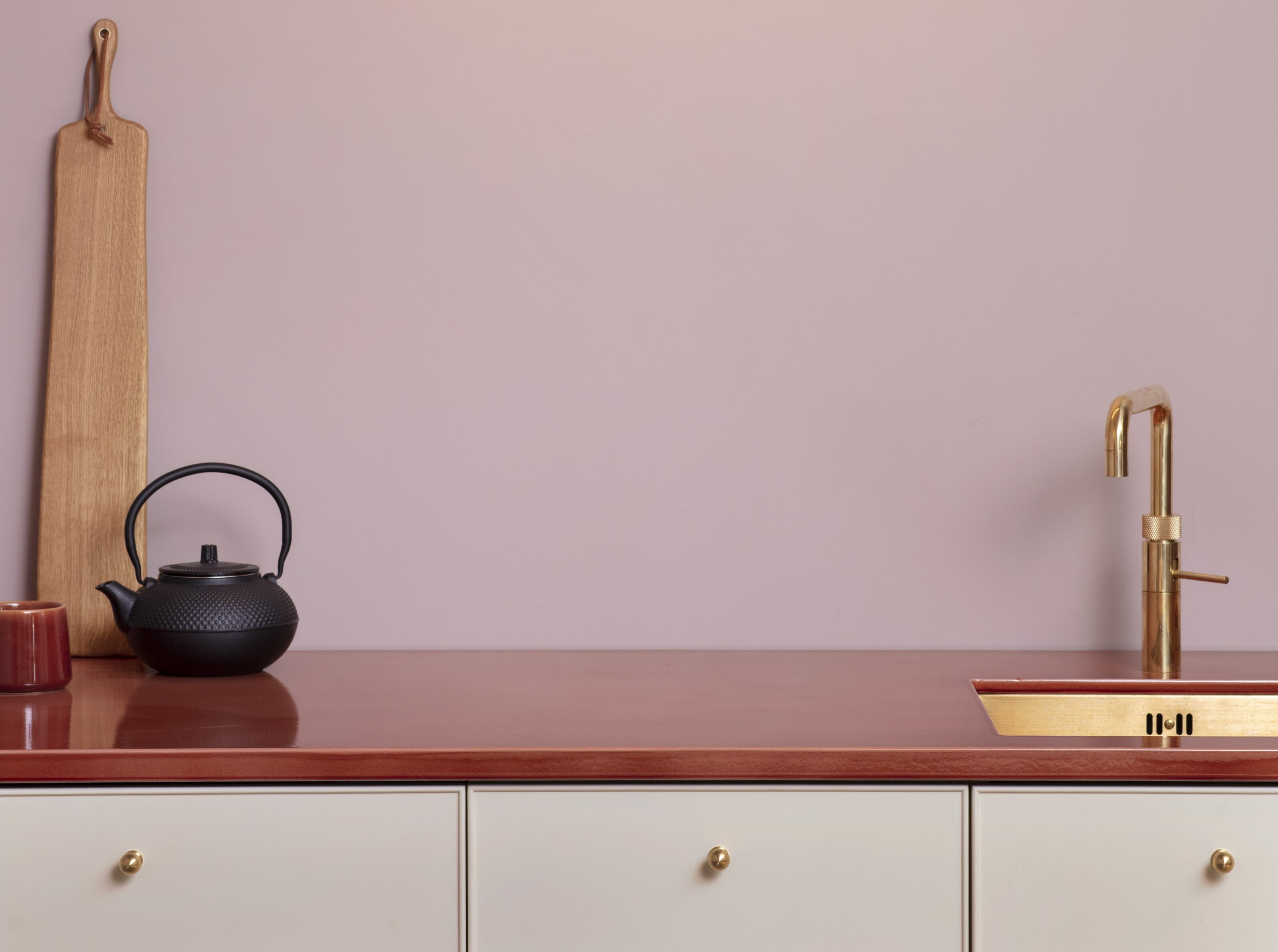

What is lava stone? I keep seeing these shiny kitchen countertops everywhere and I'm obsessed with the look. Its smooth surface has a subtle sheen and the nature of the material lends itself to being cut and molded to whatever shape you want.
It's the perfect kitchen countertop material, not least because it's also a great way to bring natural stone to your kitchen, but lava stone offers a huge variety of colors and varying palettes you can play around with in the kitchen.
Marble and granite have long reined as king of the kitchen, with its beautiful veining bringing luxury to the space, but its environmental credentials leave a void for new material to take the kitchen crown. I think lava stone might just be it. But what is lava stone? We speak to the designers to find out the merits and drawbacks of this interior design trend.
What is lava stone?
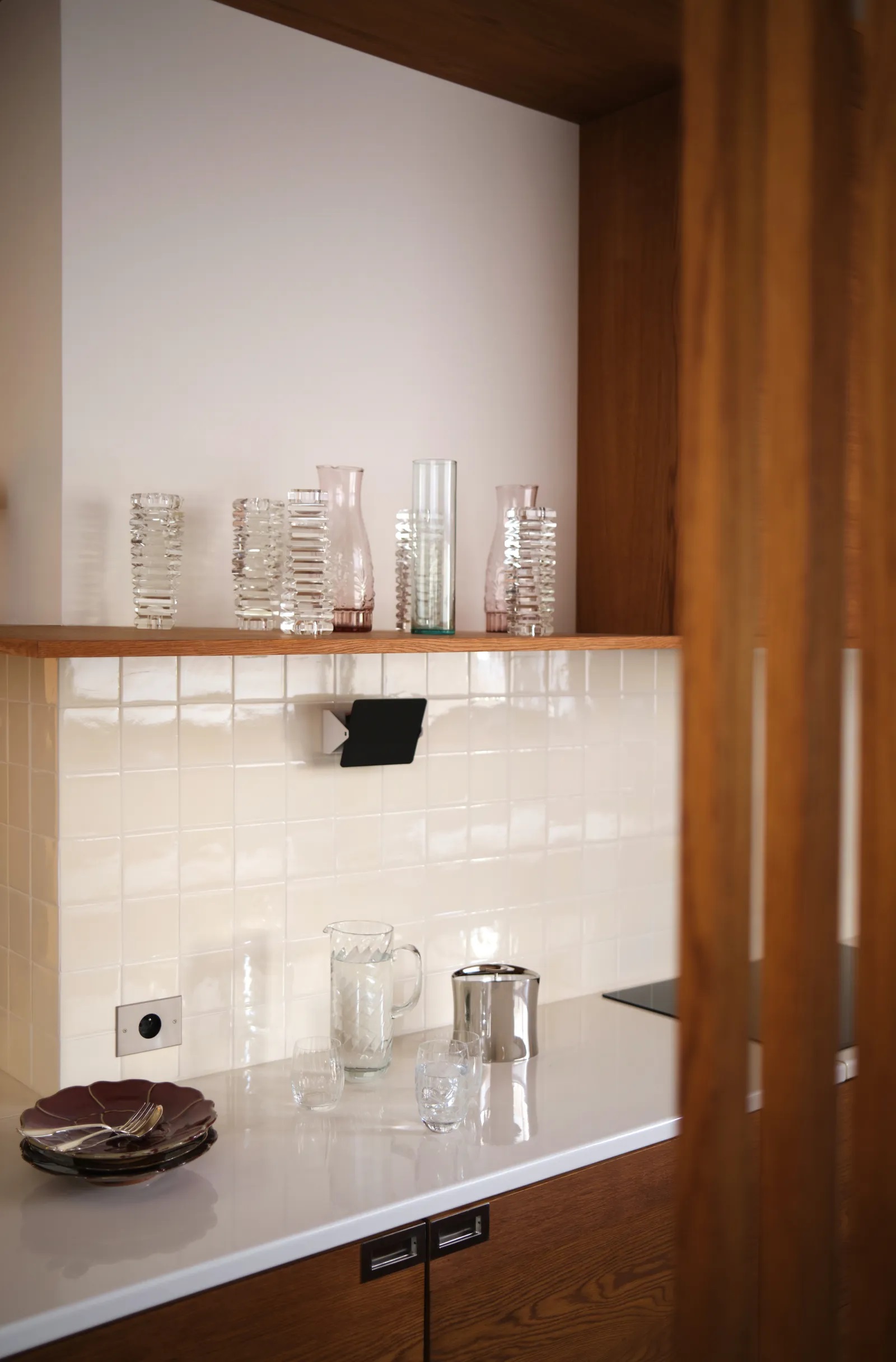
So what exactly is lava stone, well it's pretty much exactly how it sounds. It is extracted from natural volcanic rocks, mostly in continental Europe. Lava stone's geographical home means it's not quite reached the States yet, but we think it's on the up and predict it will be crossing the pond soon.
Lava is finished with an enamel glaze and fired at high heat for that characteristically smooth finish, available in a kaleidoscope of beautiful colors, perfect for any style of modern kitchen. ‘In the kiln, the glazing fuses with the natural stone, creating little tonality differences according to the noble metals inside the natural stone,' says Roberta Cederholm of lava stone specialists, Made a Mano. 'So no two tabletops are the same.'
Their ability to stand such high temperatures stems from the 2,200 degree Fahrenheit climate its used to, so it's super durable when used in the kitchen. The overall look is sleek, with a subtle sheen that helps light bounce around the room.
'Additionally, lava stone requires minimal maintenance and does not need to be sealed, making it a practical choice for those who want a beautiful worktop without the hassle of extensive upkeep,' adds Olga Alexeeva from interior design studio, Black & Milk. 'With proper care, lava stone can last for decades, making it a long-lasting investment for homeowners.'
The Livingetc newsletters are your inside source for what’s shaping interiors now - and what’s next. Discover trend forecasts, smart style ideas, and curated shopping inspiration that brings design to life. Subscribe today and stay ahead of the curve.
Outside of the aesthetic, lava stone is also believed to have magical properties, absorbing negative energy and bringing about calmness. They are often used in hot stone massages for this exact reason.
What are the benefits of a lava stone kitchen island
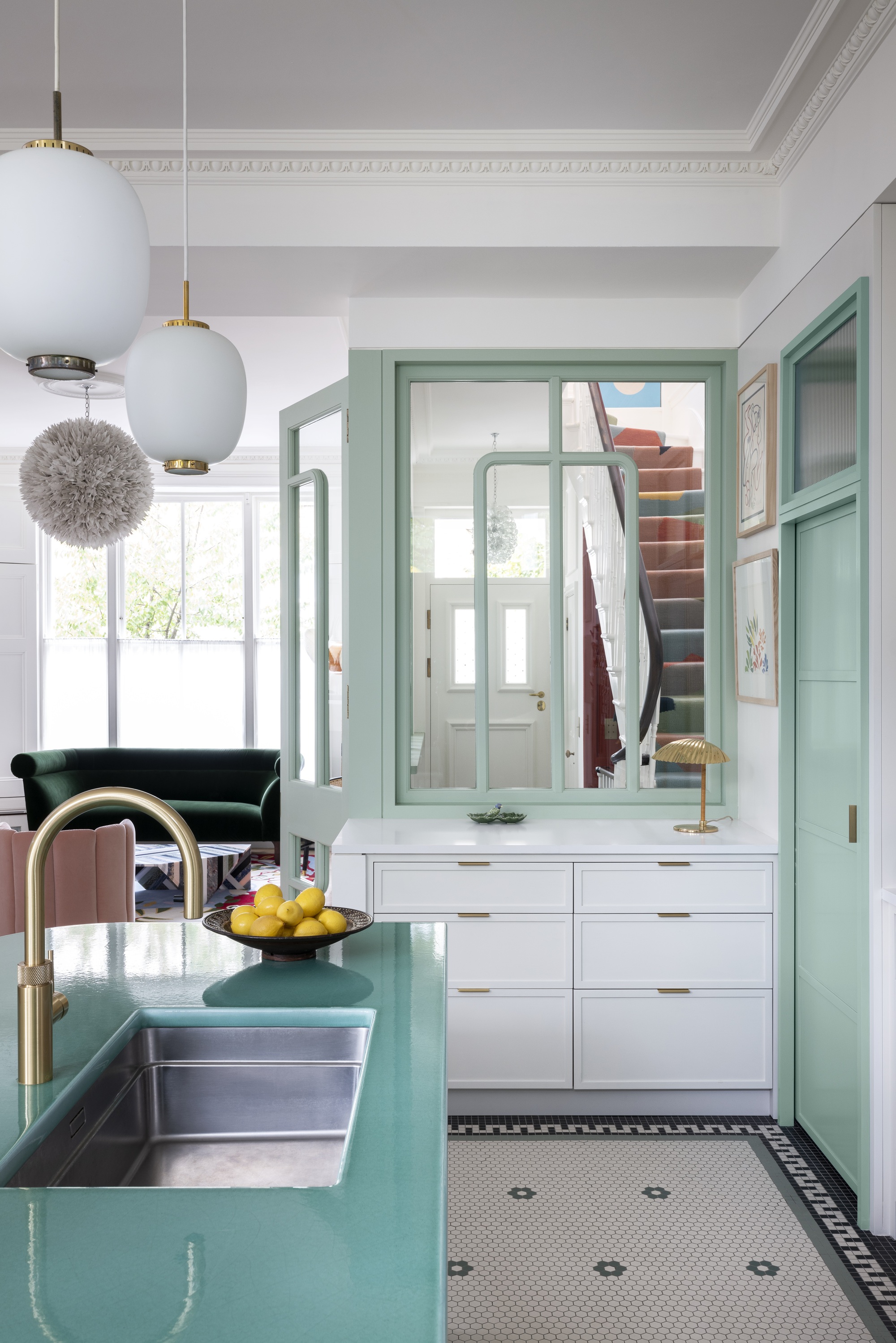
First up, and important for the kitchen, lava stone is resistant to heat (which doesn't come as much of a surprise given it starts life in a volcano). But it's also resistant to cold and any dramatic temperature changes - so hot pans placed straight on the surface won't change the patina. It's so resiliant that it doesn’t scratch either, but that doesn't mean you shouldn't be using chopping boards.
'We only use natural materials in our furniture making and interior design and therefore often choose natural stone,' says Frédéric Collette of Copenhagen-based furniture and kitchen makers, Københavns Møbelsnedkeri.
‘There really aren’t any drawbacks; it is almost impossible to damage,’ adds Roberta. 'The glazed lava withstands knives, heat, pots, pans – as opposed to most other glazed products that can break.'
Color is a huge factor as to why we are currently loving lava stone. The finish is beautiful and available in all kinds of pops and more subtle tones too, perfect for a colorful kitchen. 'On top of being one of the strongest and most easy-to-maintain natural stone for flooring, tabletops and glazed lava stone can be made in a wide pallet of colors and glaze structures, enabling us more freedom to design sustainable interiors with color,' says Frédéric. However, be aware that once it's done, it's done, and you can refinish the material or change the color later down the line.
Is lava stone sustainable?
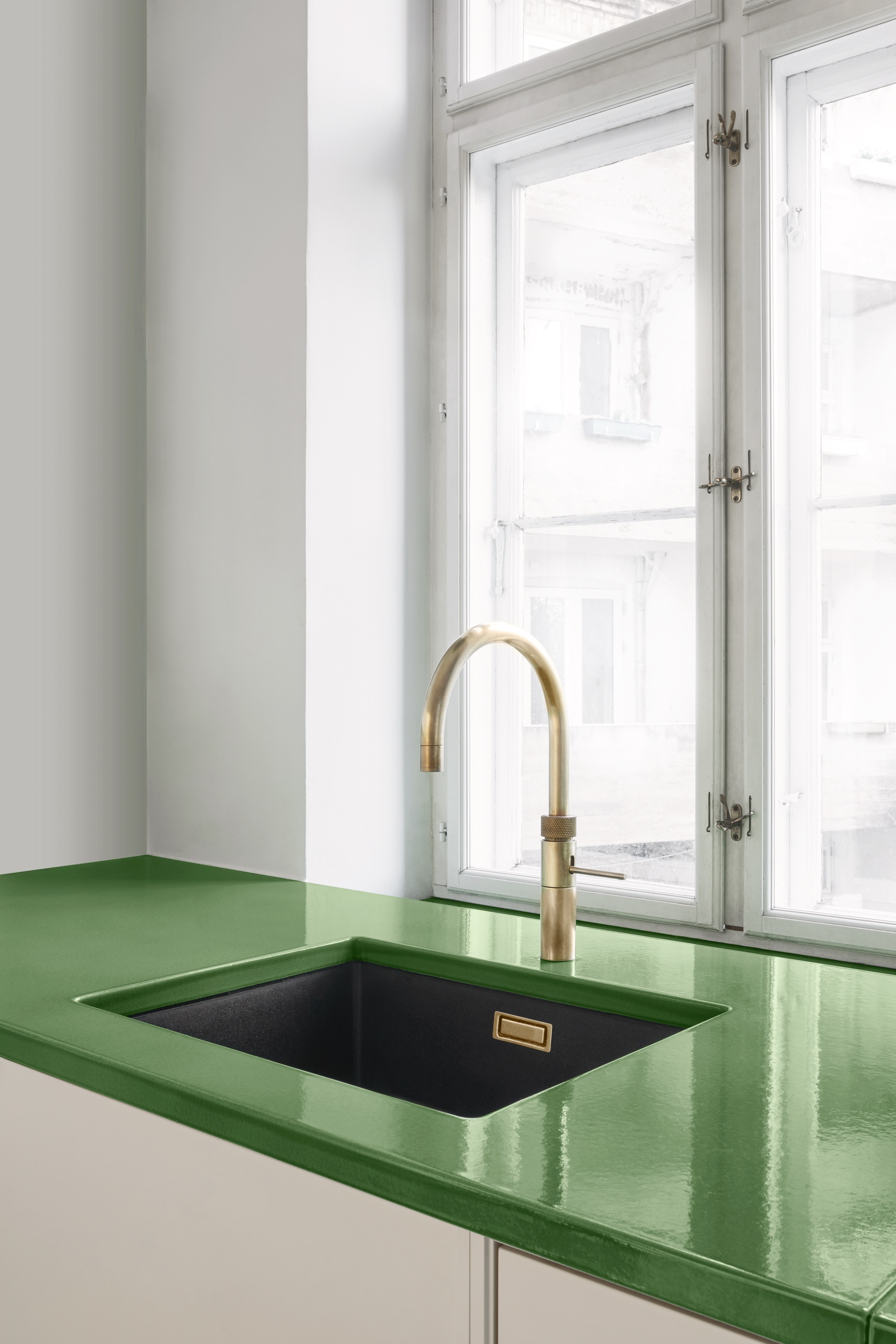
Another huge benefit is that it's sustainable and environmentally friendly. We're all aware of the dwindling resources of marble and granite, but lava stone is naturally occurring, so it's environmentally friendly (whereas marble kitchens involve chipping away at beautiful Italian mountainside).
‘We also use solar energy for the kilns and collect and recycle the water for the machines that cut the stone too,’ says Roberta. ‘Apart from the eco-friendly production, the life expectancy of Made a Mano product far surpasses that of most other glazed products, which in itself makes it more sustainable.’
What does it cost?
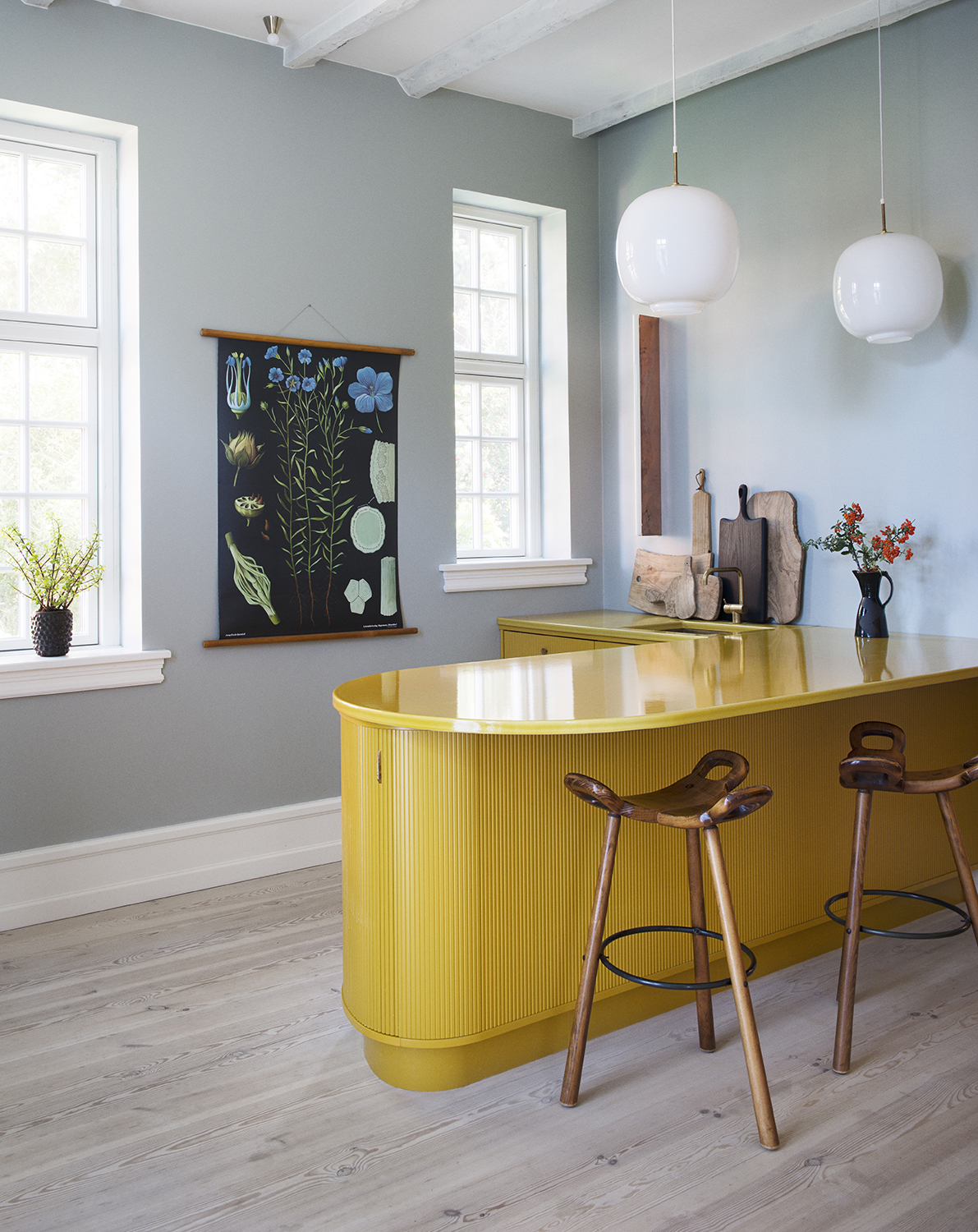
Unfortunately, the major drawback to lava stone is that it comes at a price of around $300 per square foot up to $3,000 per square foot and glazed. It's one of the more expensive kitchen countertop materials, similar to that of marble, mostly because of the shipping costs from Europe.
This means there are only a handful of suppliers who work with lava stone, and so you're paying for the experts who know a thing or two about the glazing process. But if you have the budget between marble and lava stone, you might be more drawn to the latter because of its environmental credentials.
‘It’s top of the table range and neither cheap to make nor to buy,' points out Roberta. 'It should be considered a long-term investment. A Made a Mano tabletop will last you for generations, and we accordingly offer a lifetime guarantee on our products.'
How to clean your lava stone?
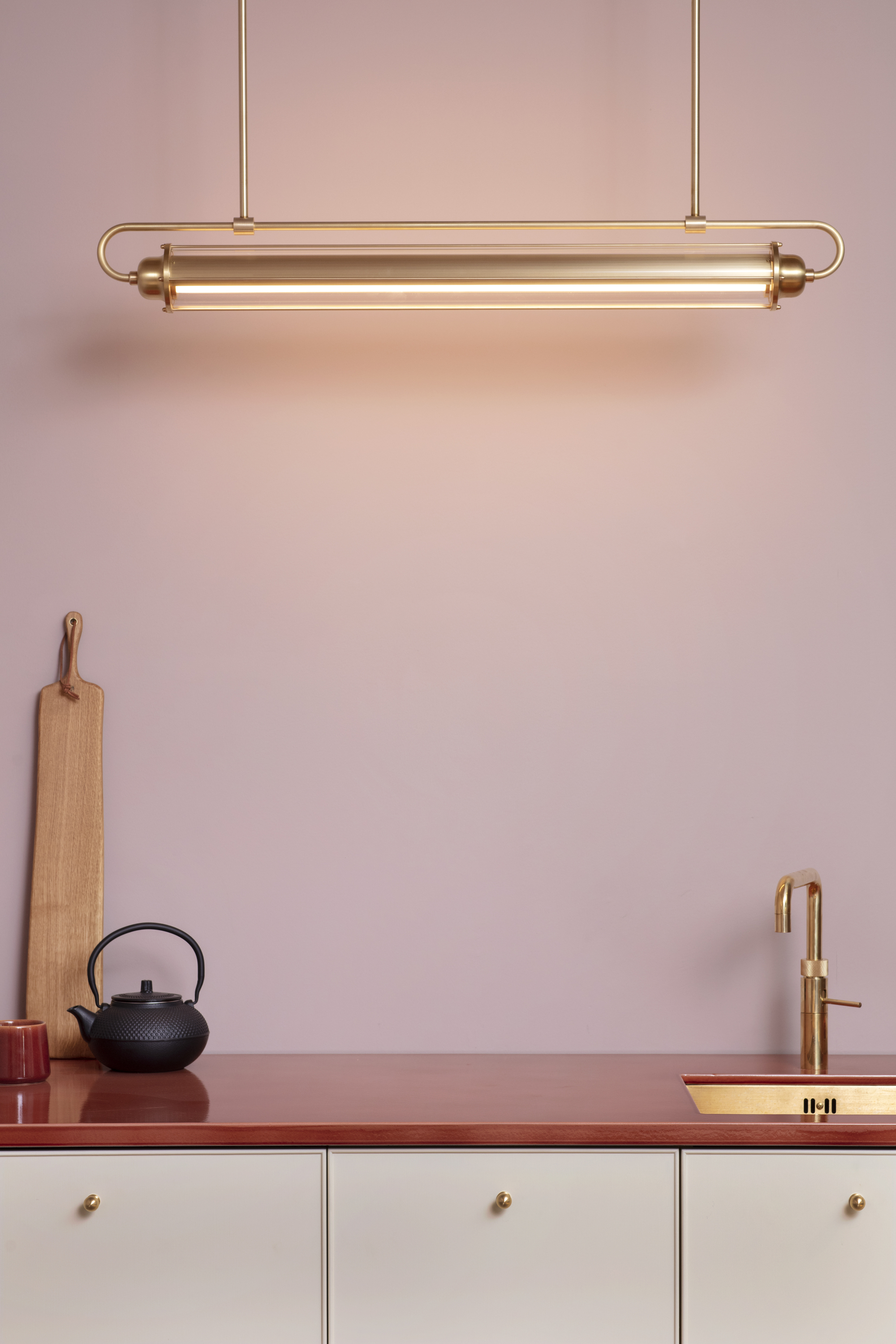
When it comes to cleaning, you'll be glad to know that water poses no threat to the material, and no matter how hard you scrub, your chosen color won't fade. This is because the lava stone provides a non-porous surface, so you shouldn't be wary of stains or damage from chemicals either.
Really, all you need is your cleaning spray, cloth, and a bit of elbow grease. With proper care, your lava stone countertop can last for decades.
Bring the beauty of natural stone into your kitchen with these 3 accessories to snap up

Former content editor at Livingetc.com, Oonagh is an expert at spotting the interior trends that are making waves in the design world. She has written a mix of everything from home tours to news, long-form features to design idea pieces, as well as having frequently been featured in the monthly print magazine. She is the go-to for design advice in the home. Previously, she worked on a London property title, producing long-read interiors features, style pages and conducting interviews with a range of famous faces from the UK interiors scene, from Kit Kemp to Robert Kime. In doing so, she has developed a keen interest in London's historical architecture and the city's distinct tastemakers paving the way in the world of interiors.
